Question of the Week – Number 2: June 25, 2020
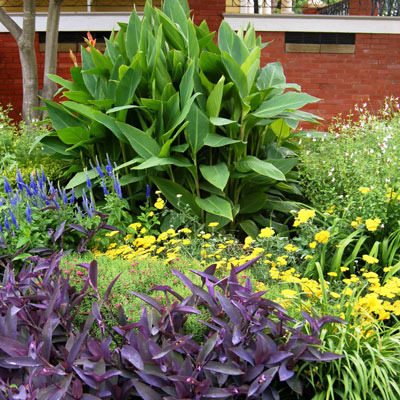
“What perennials can I plant that will bloom all summer long? I’m tired of having to replant annuals every year.”
I was asked this question a week or so ago, and as I typed up my reply I realized how many times a year I get the very same inquiry. Oh, the wording is different, but the basic question is the same.
My thought processes to a reply…
Let me show you how I have fine-tuned the answer I have given for the past 43 years.
• Good bed preparation is critical to any planting of flowers, whether it’s annuals or perennials. That includes mixing in 4-6 inches of a variety of types of organic matter, plus (if you have a clay soil) 1 inch of expanded shale.
• You rototill to a depth of 10-12 inches to blend all that together. A rear-tine rototiller works best at pulverizing the soil easily.

• With an annual bed, you get to do and re-do it every time you replant the bed. It’s quick and easy with power tools.
• With a perennial bed you only get to do it when you prepare the bed initially. After that, your bed will never be completely empty at the same time. That’s because…
• With perennials, if it blooms in the spring, you dig and divide it in the fall, and if it blooms in the fall, you dig and divide it in early spring. Frequency of that sort of division varies with different types of perennials, but it can be as often as every couple of years with coneflowers and Shasta daisies, or as seldom as every four or five years with some daylilies and iris. Spider lilies can be left undisturbed almost forever. Point being, you’re going to be working the plantings all the time, and you’re going to be doing so by hand, one plant at a time.
A sampler of perennials and their seasons…
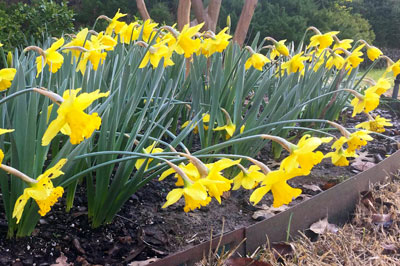

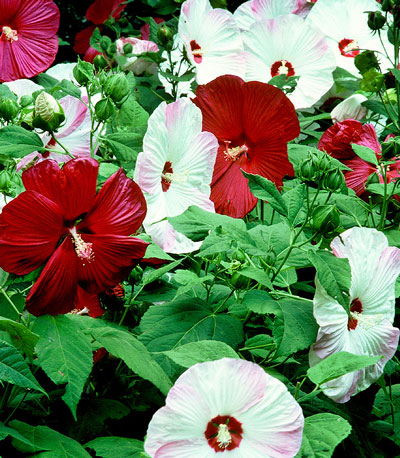
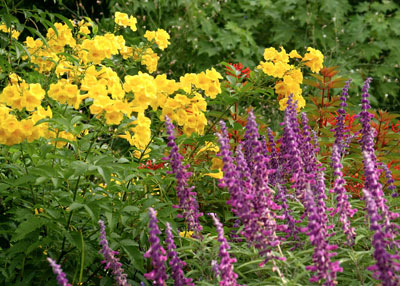
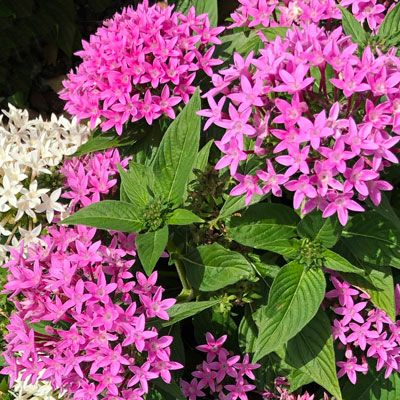
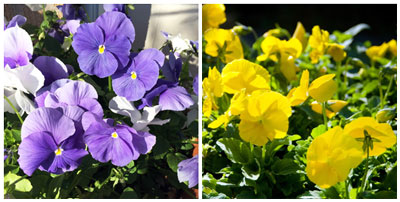
But the even more critical facts…
• Almost all perennials bloom one time per year, and they bloom for two or three weeks.
• That means that you’re going to have to have many different types of perennials to fill out an entire year, and that you’re going to have schedule them to ensure a continuous sequence of flowering.
• If you have a particular color scheme, that will need to be figured into the mix as well. And since you’ll be mixing different types of plants, you’ll have to know their various heights and textures.
Important thought…
This is not meant to discourage you from establishing a perennial garden. It’s just intended to help you understand that perennials are probably going to be a lot more work, not less work, than annuals if you want a really nice display. But when they’re done well, nothing has the charm of a mix of lovely perennial plants in full flower. Just be an informed gardener from the outset.
